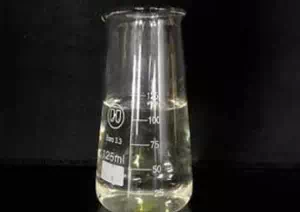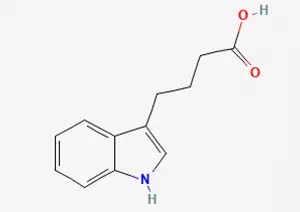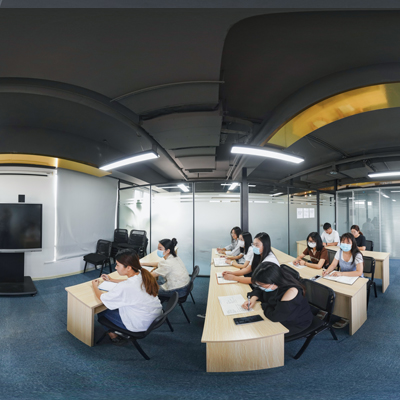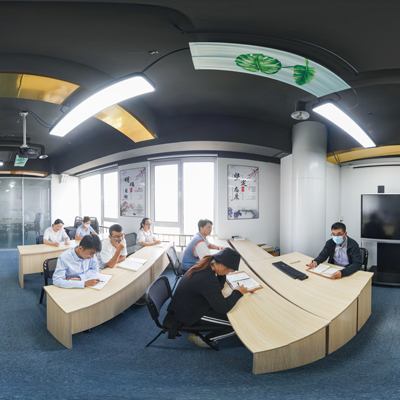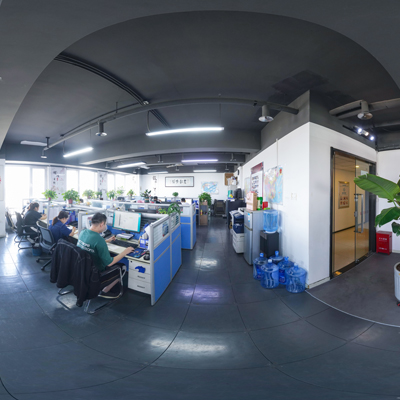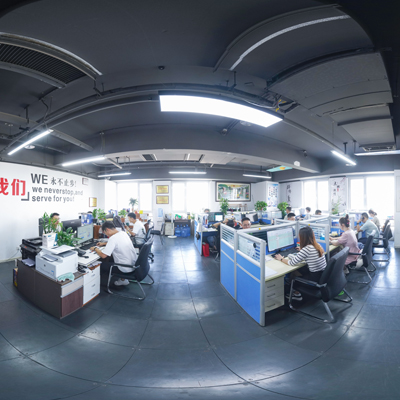Indole-3-Butyric acid CAS 133-32-4 Information
| CAS |
133-32-4 |
| Molecular formula |
C12H13NO2 |
| Molecular weight |
203.24 |
| EIENCS |
205-101-5 |
| Form |
Liquid |
| Melting point |
124-125.5 °C |
| boling point |
341.55°C |
| Density |
360kg/m3 |
| Solubility |
/ |
| PKA |
4.83±0.10(Predicted) |
| Color |
Clear colorless to pale yellow |
| Storage temp |
/ |
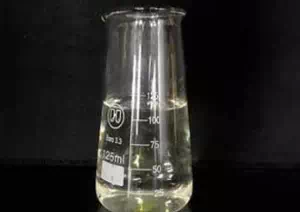
What is Indole-3-Butyric acid CAS 133-32-4?
Basic information
Molecular formula: C₁₂H₁₃NO₂, molecular weight 203.24.
Appearance: White to light yellow crystalline solid. The melting point of pure product is 124-125℃, while that of industrial grade is 121-124℃.
Solubility: Insoluble in water (50-250 mg/L at 20℃), readily soluble in organic solvents (such as ethanol, acetone, ether, benzene), slightly soluble in chloroform.
Stability: Stable in neutral or acidic media, but prone to decomposition when exposed to strong oxidants or alkalis. Toxic gases (nitrogen oxides, CO) may be released at high temperatures (>200℃) or under open flames.
Indole-3-Butyric acid CAS 133-32-4 Use
Plant growth regulation
Rooting promotion: Induce the formation of adventitious roots in cuttings of woody/herbaceous plants (such as grapes, roses, kiwifruits), and increase the survival rate of transplanting.
Immersion method: Soak the base at 50-300 mg/L for 6-24 hours (use a lower concentration for easy root growth and planting).
Quick dipping method: Dip at 500-1000 mg/L for 5-10 seconds (for difficult-to-grow seeds such as peaches and pears).
Dipping powder method: Mix potassium indolebutyrate with talcum powder, dip the base of the cutting in powder, and then insert it.
Seed treatment
Woody plants: Soak seeds at 100 mg/L; Herbaceous plants: Soak or mix seeds at a concentration of 10-20 mg/L.
Promote fruit setting
Spray flowers (250 mg/L) on crops such as tomatoes and strawberries to increase the rate of monotypic seed setting.
2. Research and industrial applications
Tissue culture: High concentration promotes the proliferation of tissue culture seedlings.
Synthetic intermediates: Used for the preparation of other plant hormones (such as indole-acetic acid IAA) and raw materials for pharmaceuticals/pesticides.
Indole-3-Butyric acid CAS 133-32-4 safety
Health and environmental risks
Toxicity
Acute oral toxicity (mice) : LD₅₀ = 100 mg/kg; Oral LD₅₀ = 3160 mg/kg in rats.
Irritation and sensitization: Mild irritation to the skin of rabbits and moderate irritation to the eyes. Guinea pig skin has weak sensitization.
Ecological impact
It is highly toxic to aquatic organisms (48h LC₅₀ = 180 mg/L for carp), degrades rapidly in soil, and shows no significant bioaccumulation.
Operation and storage specifications
Protective requirements: Wear chemical protective gloves, goggles and dust masks during operation to avoid inhaling dust or skin contact.
Storage conditions: Keep away from light and sealed. Temperature: 2-8℃. Keep away from strong oxidants, alkalis and heat sources.
Transportation label: UN 2811, packaging category II. "Toxic" label must be affixed. It is strictly prohibited to transport together with food.
Deshangchemical Info
- ● Comgpany name : Shandong Deshang Chemicals Co., Ltd.
- ● Main products : Treatments, sedimentation agents, flame retardants, catalysts, matte pigments, talcum powder, PVC additives, antifreeze agents, cellulose, cleaning agents, coconut oil, hydroxyethyl, cosmetics, matte agents, betaine, disinfectants, photosensitizers, humidifying agents, blue pigments, curing agents, potassium formate, sodium formate, cyclohexanol, preservatives, grinding aids.
- ● Date of establishment : 2022-03-11
- ● Total Employees : 200+
- ● Registered capital: 10000000 RMB
Service
* Prompt reply and 24 hours online, professional team to provide best price and high quality product.
* Sample testing support.
* Every batch of products will be tested to ensureits quality.
*The packing also can be according the customers` requirment.
*Any inquiries will be replied within 24 hours.
*we provide Commerical Invoice, Packing List, Bill of loading, COA , Health certificate and Origin certificate. If your markets have any special requirements, let us know.


